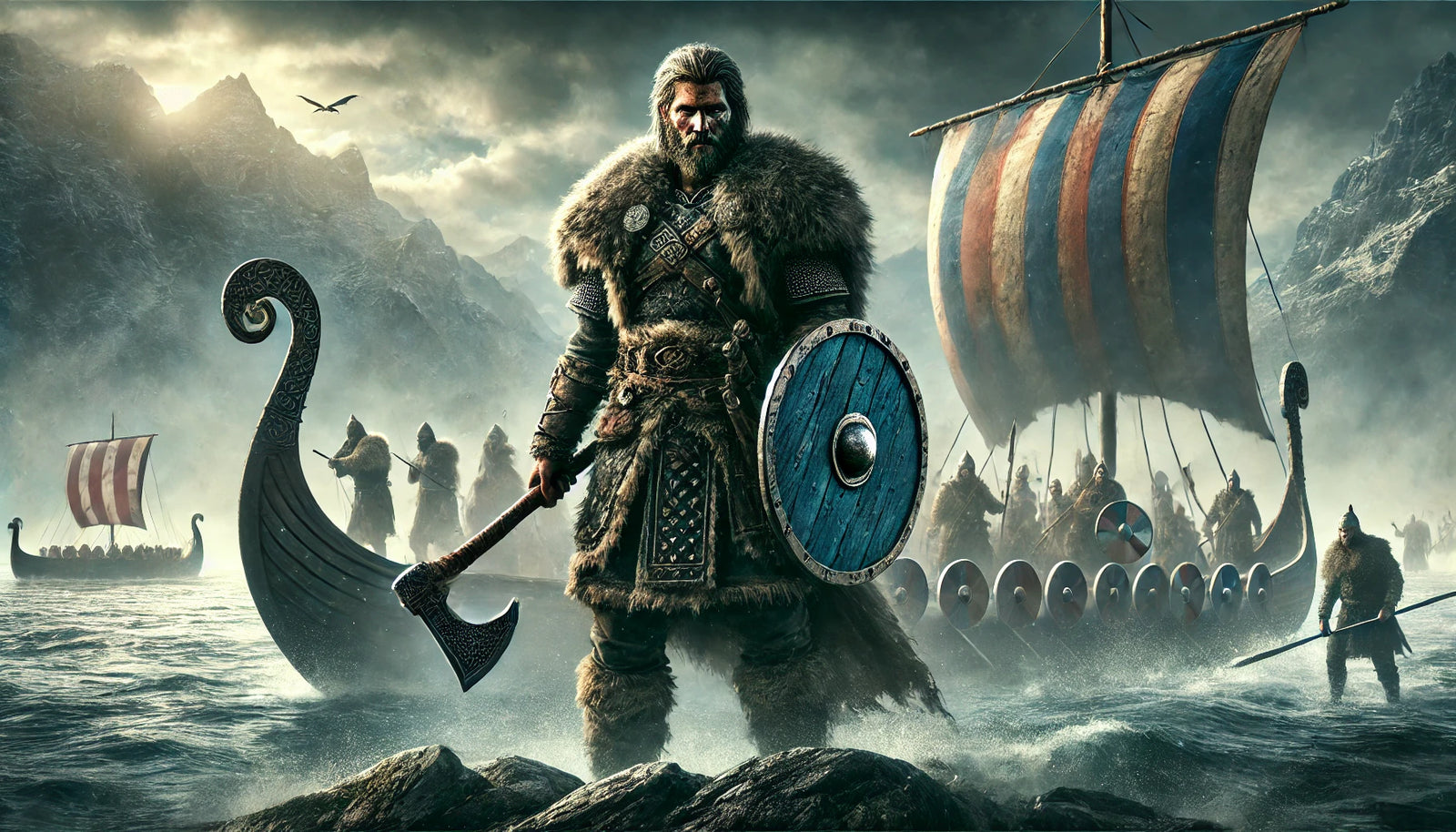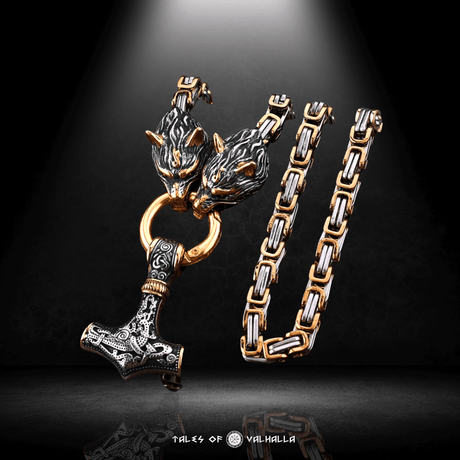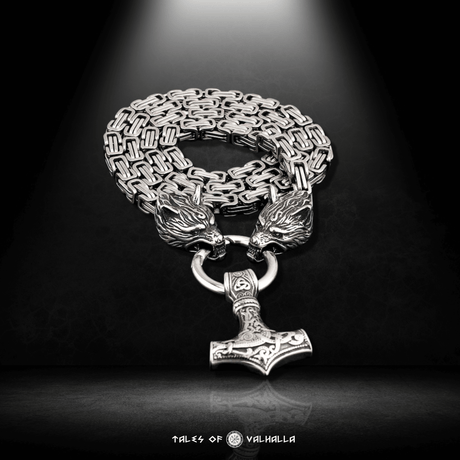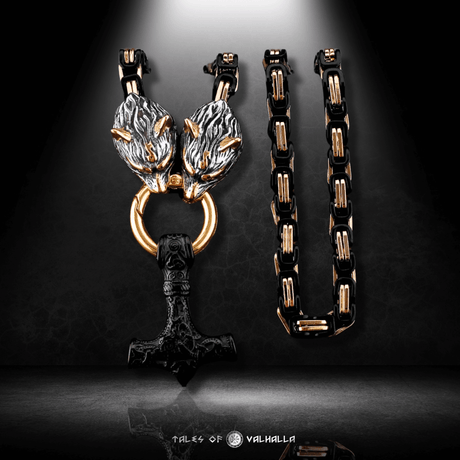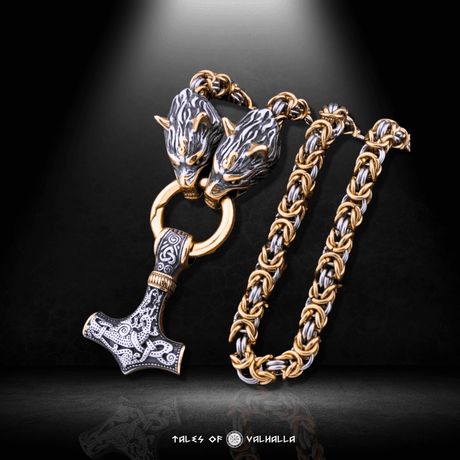Few figures in Viking history stand as tall as Bjorn Ironside, a name that evokes images of power, conquest, and Viking spirit. As one of the legendary sons of Ragnar Lothbrok, Bjorn carved his own path through history, becoming a renowned leader and adventurer in his own right. From the cold shores of Scandinavia to the warm waters of the Mediterranean, his exploits in battle and his enduring legacy make him one of the most intriguing figures in both Norse mythology and historical records.
This in-depth blog will explore the life and legend of Bjorn Ironside, weaving together his role in Norse myth, the historical figure that may have inspired the stories, and his ongoing influence in modern popular culture.
The Mythical Origins of Bjorn Ironside
The Vikings were a people whose lives were steeped in myth, legend, and oral tradition. Their tales of gods, giants, and heroes were passed down through generations, blending history and fantasy. Bjorn Ironside is no exception; his story has been intertwined with the mythic tales of his father, Ragnar Lothbrok, one of the most famous Viking kings.
Bjorn in Norse Mythology
Bjorn Norse myth presents him as one of the greatest warriors of his time. Alongside his brothers—Hvitserk, Ivar the Boneless, and Sigurd Snake-in-the-Eye—Bjorn's adventures are chronicled in the sagas. These ancient stories depict him as a fierce, almost invincible warrior who, like his father Ragnar, was destined for greatness.
His nickname, "Ironside," speaks to the belief that Bjorn was protected by supernatural forces, making him nearly invulnerable in battle. According to legend, his skin was impenetrable like iron, a gift from the gods, allowing him to achieve victories where others would fall. These stories, of course, elevate Bjorn to a mythical status, transforming him from a mere man into a near-deity.
As with many Viking legends, there is a blurred line between Bjorn Norse myth and reality. While his feats are exaggerated by storytelling, they also reflect the real fears and aspirations of Viking society: bravery, resilience, and the need to conquer.
The Sons of Ragnar: A Mythic Family
Bjorn’s identity as one of the sons of Ragnar Lothbrok placed him in the center of Viking mythological tradition. Ragnar’s own tale is filled with grand raids, betrayals, and battles with kings and emperors. His sons, including Bjorn, sought revenge for Ragnar’s death at the hands of King Ælla of Northumbria, an event that has become part of Viking lore.
In the mythology of Bjorn, the family ties are crucial. The sons of Ragnar were destined to be warriors, shaped by their father’s legacy and their quest to continue his conquests. This familial connection is central to understanding how Bjorn's name became synonymous with Viking leadership and courage.
The Real Bjorn Ironside: Historical Figure or Myth?
While the sagas and legends have shaped our understanding of Bjorn Ironside, historical evidence suggests that there may have been a real Viking leader named Bjorn who lived during the 9th century. Much of the information about him comes from a mixture of historical documents and archeological findings, leading scholars to attempt to separate fact from fiction.
The Mediterranean Campaign
One of the most well-known episodes of Bjorn Ironside’s real life is his Mediterranean campaign. According to various sources, Bjorn, alongside his brother Hastein, led a Viking fleet into the Mediterranean, raiding cities along the coasts of France, Spain, and Italy. These expeditions took place during the 850s and were among the most daring raids conducted by Viking leaders.
Bjorn and his men are said to have sacked the city of Pisa, plundered towns along the coast, and even attempted to take Rome itself. Historical accounts, however, suggest that the Vikings mistook the city of Luna for Rome, laying siege to it before realizing their mistake. The raid on Luna is one of the most famous events attributed to Bjorn, showcasing his ambition and the far reach of Viking raids during this period.
These expeditions were significant not only for the wealth they brought back to Scandinavia but also for demonstrating the Vikings’ ability to strike far beyond their home territories. Bjorn’s Mediterranean exploits helped expand Viking influence, contributing to his lasting reputation as a powerful and cunning leader.
Bjorn’s Role in Viking Politics
Beyond his raids, Bjorn Ironside’s history is also tied to the internal politics of the Viking world. As a chieftain, Bjorn was responsible for maintaining alliances, governing his people, and ensuring the survival of his clan. His leadership was marked by both diplomacy and warfare, balancing the need for external conquest with the realities of governing at home.
Bjorn’s leadership is significant in the context of Viking expansion. During the 9th century, the Vikings were not only raiders but settlers, establishing new kingdoms and territories in places like England, Ireland, and Normandy. Leaders like Bjorn played a crucial role in these efforts, using their military power to secure land and resources for their people.
While the exact details of Bjorn’s political career are difficult to pinpoint, he is often portrayed as a shrewd leader who knew how to navigate the complex web of Viking alliances. His status as one of Ragnar’s sons also likely helped solidify his position as a key player in Viking society.
Bjorn Ironside’s Death and Burial: Fact or Fiction?
One of the enduring mysteries surrounding Bjorn Ironside is the question of his death and burial. Like many Viking leaders, the details of Bjorn’s death are unclear, with both historical records and sagas offering different accounts.
How Did Bjorn Ironside Die?
The sagas provide little information about how Bjorn Ironside died, leaving much to speculation. Unlike his father, Ragnar, whose death at the hands of King Ælla is a well-documented and dramatized event, Bjorn’s passing is not accompanied by grand tales of vengeance or betrayal.
Some accounts suggest that Bjorn may have died of old age, which would have been rare for a Viking chieftain, as many met their end in battle. Other sources propose that he may have died during one of his Mediterranean campaigns. However, without concrete evidence, the exact circumstances of his death remain unknown.
What is clear, however, is that Bjorn’s legacy continued long after his death. His reputation as a fearless warrior and a successful leader ensured that his name would be remembered in both Viking history and Norse mythology.
Where Is Bjorn Ironside Buried?
The question of where Bjorn Ironside is buried is another topic that has fascinated historians and Viking enthusiasts alike. According to legend, Bjorn was buried on the island of Munsö in Sweden. A large burial mound, known as Björn Järnsidas hög, is traditionally believed to be his final resting place. This site has become a point of interest for those seeking to connect with Viking history, as the mound is one of the largest Viking burial sites in Sweden.
The Munsö burial mound is significant not only for its size but also for what it represents about Viking burial practices. The Vikings believed in honoring their dead with grand funerals, often involving the burial of a ship or the inclusion of valuable goods. While there is no definitive proof that Bjorn is buried there, the mound stands as a powerful symbol of Viking culture and the reverence they held for their leaders.
Bjorn Ironside’s Legacy in Viking Culture
Bjorn Ironside’s legacy extends far beyond his lifetime. His exploits, both real and mythical, have become central to the broader narrative of Viking history. He is remembered as a leader who embodied the Viking spirit: fearless in battle, ambitious in conquest, and wise in leadership.
The Symbolism of Bjorn Ironside
For the Vikings, leaders like Bjorn were not just warriors; they were symbols of the values that defined their society. Bjorn’s nickname, “Ironside,” speaks to his perceived invincibility, a quality that Vikings admired. His story has become a testament to the idea that strength, both physical and mental, is a key to survival and success.
Bjorn’s reputation also reflects the importance of family in Viking culture. As one of Ragnar’s sons, he was expected to carry on his father’s legacy, not only through raids and conquests but also by upholding the values of loyalty and honor. Bjorn’s story is deeply intertwined with that of his family, and his achievements are often seen as part of a larger narrative about the sons of Ragnar.
Bjorn Ironside in Modern Popular Culture
In recent years, Bjorn Ironside has gained renewed attention thanks to popular television series like Vikings. The show, which dramatizes the lives of Ragnar Lothbrok and his sons, has introduced Bjorn’s story to a new generation of viewers. Played by actor Alexander Ludwig, the character of Bjorn is depicted as a complex leader who grapples with the responsibilities of leadership while trying to carve out his own identity.
While the show takes creative liberties with Bjorn’s life, it captures the essence of his character: a man torn between the desire for conquest and the need to protect his people. The popularity of Vikings has cemented Bjorn’s status as one of the most iconic figures in Viking history, bridging the gap between ancient legend and modern storytelling.
Bjorn Ironside’s Historical Significance
Beyond the myths and modern adaptations, Bjorn Ironside’s real life had a lasting impact on Viking history. His raids, particularly in the Mediterranean, demonstrated the far-reaching influence of the Vikings and their ability to challenge even the most powerful empires of the time.
Bjorn’s leadership also contributed to the broader Viking expansion, helping to establish new settlements and secure resources for his people. His role in Viking society, both as a warrior and a leader, helped shape the political landscape of 9th-century Europe, leaving a legacy that would influence future generations of Vikings.
Conclusion
Bjorn Ironside’s story is one of courage, ambition, and leadership. From his legendary raids in the Mediterranean to his role as a chieftain in Viking society, Bjorn’s life reflects the values and aspirations of the Viking Age. His reputation as an invincible warrior, combined with his strategic brilliance, has made him a central figure in both Norse mythology and historical accounts.
While much of Bjorn’s story remains shrouded in mystery, his legacy is undeniable. Whether through ancient sagas, historical records, or modern depictions in film and television, Bjorn Ironside continues to captivate audiences, reminding us of the enduring power of Viking culture.
FAQ
1. Who was Bjorn Ironside? Bjorn Ironside was a legendary Viking chieftain, warrior, and one of the sons of the famous Ragnar Lothbrok. He is known for his successful raids across Europe and his leadership in the Viking expansion during the 9th century.
2. Why was Bjorn Ironside called 'Ironside'? The name "Ironside" was likely given to Bjorn due to his immense strength and ability to survive in battle, as if protected by iron. The name symbolizes his indomitable spirit and warrior prowess.
3. What are some of Bjorn Ironside’s most famous exploits? Bjorn is famous for leading successful raids on the Mediterranean, including an attack on the city of Luna in Italy. He also played a major role in Viking campaigns in France, Spain, and North Africa.
4. Did Bjorn Ironside really exist? Bjorn Ironside is a semi-historical figure. While he is mentioned in various sagas and medieval histories, the details of his life are often mixed with myth and legend. Historical sources suggest that he was a real Viking leader.
5. Where is Bjorn Ironside buried? According to some accounts, Bjorn Ironside is said to be buried on the island of Munsö in Sweden, under a large burial mound. This place is known as Björnshögen, or Bjorn's Mound.
6. How is Bjorn Ironside portrayed in popular culture? Bjorn Ironside has gained significant popularity in recent years due to his portrayal in the television series Vikings. In the show, he is depicted as one of Ragnar Lothbrok's most capable and independent sons, leading his own conquests and carving his place in Viking history.

